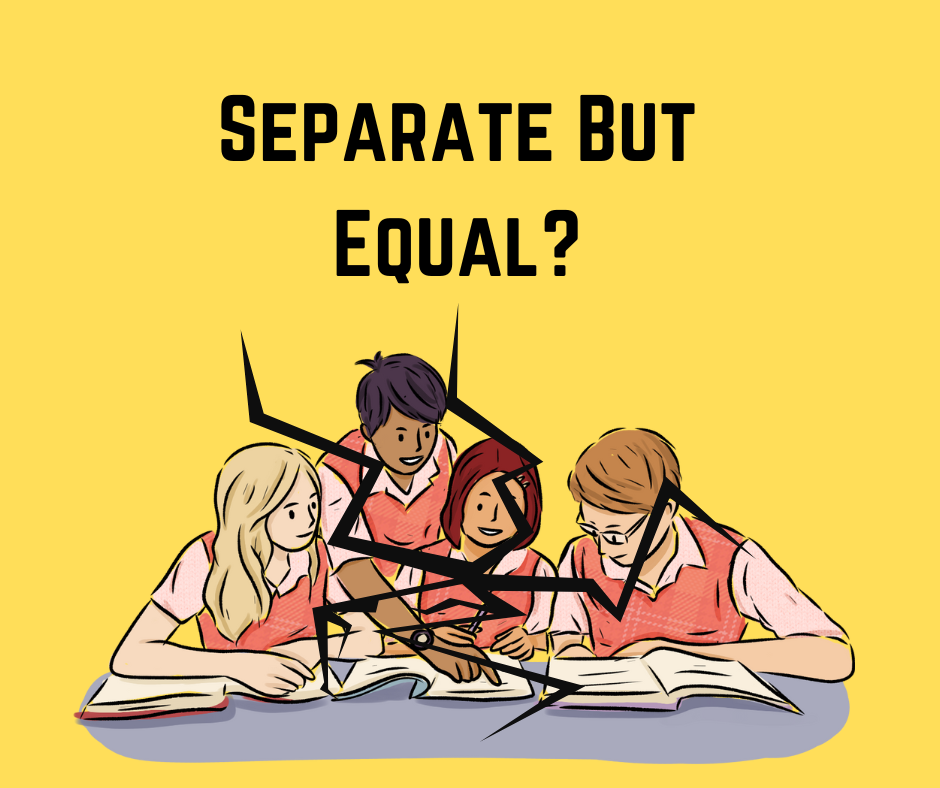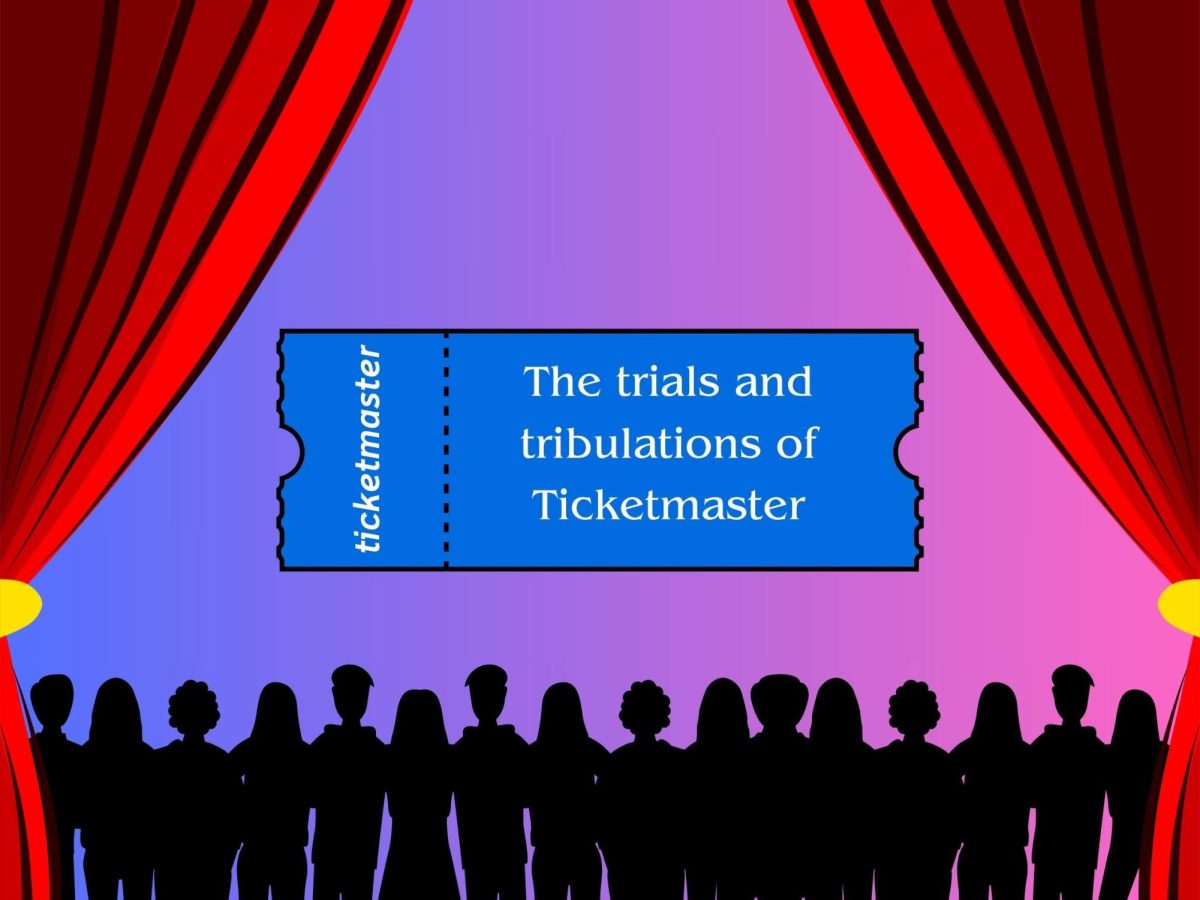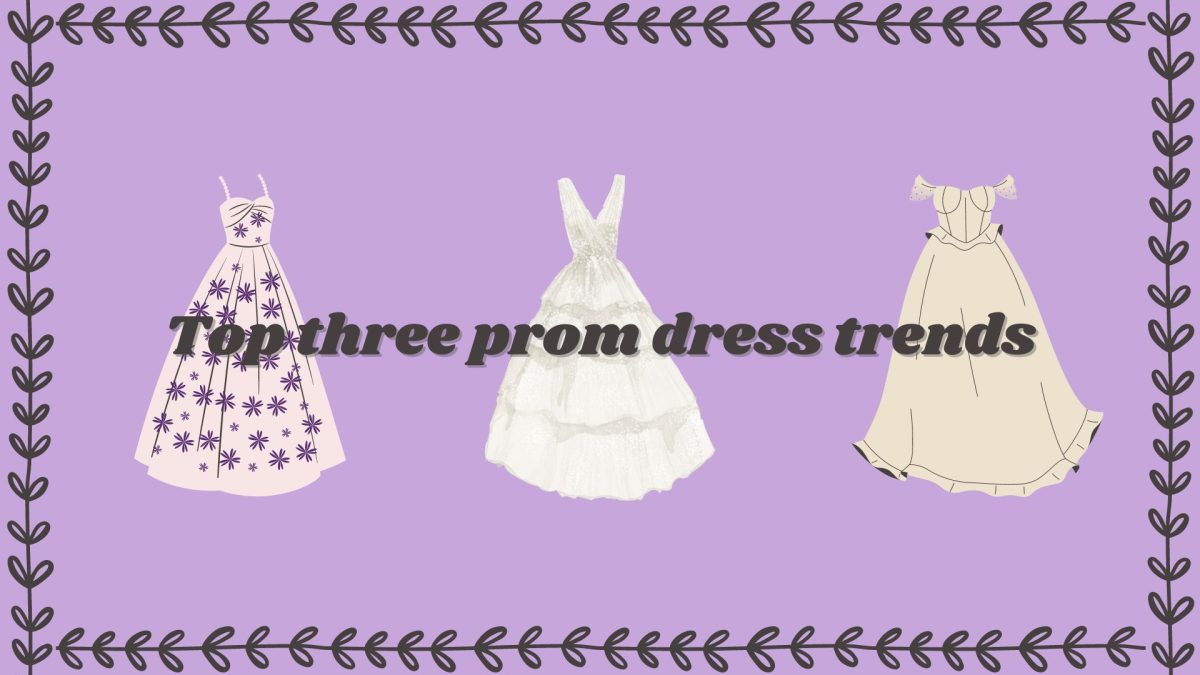As of 2019, Evanston Township High School in Evanston, Illinois introduced classes specifically for Black and Latino students to decrease the prevalent educational gap amongst minority students. These classes—also referred to as affinity classes—have allowed nearly 100 Black and Latino students to receive an adequate education. While separated classes raise great controversy, they help minorities receive an equal chance at education despite the social and economic barriers they may face.
Legal expert David Bernstein uses the Fourteenth Amendment’s equal protection clause to support his point that these classes do not promote educational equality. Chicago attorneys found it hard to believe that the Black and Hispanic-only courses would even stand a chance in court. Opponents of these affinity classes believe that this program excludes non-Black and non-Latino students, however, data has proven that poverty, lack of academic support and racial discrimination play a substantial role in hindering Latino student’s education. Similarly, Black students face barriers to completion due to poverty and overt forms of racial discrimination. Civil rights attorneys have called out the affinity classes and deemed them unconstitutional.
For centuries, a significant gap has existed between minority students and white students. For example, as early as 1865, strict laws existed that prevented Black people from receiving education to protect slavery. While courts have alleviated these laws over 100 years ago, the effect of the inability to receive education still lingers amongst Black people today. More recently, a study showed that for the 2018-2019 school year in California, only 33% of Black students stood at the grade level for English and only 44% of Latino students found themselves on grade level for reading. COVID-19 only made this percentage lower as the pandemic generated one of the worst education equity crises. Black and Latino students appear further behind than white students in education because they lack adequate resources and receive less learning time with their teachers and peers.
Nine percent of Black students take Advanced Placement (AP) classes, and 21% of Latinos take AP classes. With this minute percentage of minorities taking vigorous classes, the Evanstonians have pushed to create a comfortable environment for minority students wishing to achieve a higher education. Moreover, AP classes look impressive to college admission officers; therefore, Black and Latino students may stand at a disadvantage when applying to colleges. Aligning with the school’s intentions, 56% of the students in the affinity classes feel a sense of belonging. The program also noticed that these minority students have improved in AP classes as a result of targeted learning.
“Separating minority students may help them in the long run, but it’s not necessarily constitutional. I mean, Black students felt inferior to white students prior to Brown v. Board of Education, so in all likelihood, a similar feeling might be felt. And it could be better, it could be worse. However, I don’t see these classes becoming prevalent across the nation. This instance is similar to Shaw vs. Reno because there was definitely a good intent behind it and they thought it was going to improve performance for Black and Latino students, but the court is likely to not allow this,” NC AP Government and Politics teacher Scott Trepaniar said.
A teacher of color educates these minority students to help them feel comfortable in the educational setting—thus resulting in students improving academically. After receiving significant backlash, Evanston Township High School changed its portrayal of the program. Originally, they described the program as a restricted program, but now they describe it as an initiative that welcomes all students but mainly serves Black and Hispanic/Latino individuals.
“You have to be able to balance both the educational aspects of it with the social educational aspects, and bringing more children together, and not trying to separate them out, specifically not preaching division and superiority or inferiority that we all often have seen previously. We’re all equal. We’re all the same. We’re just learning in different ways, and that does not make us different,” Civil Rights attorney Robert Patillo said.















